Through the ups and downs of history, the silk weaving profession has remained attached to the people of Van Phuc as a part of the village's soul. During the Nguyen Dynasty, the village was named Van Bao and was chosen to make national costumes for the royal court, but due to taboos, it had to be changed to Van Phuc. During the French colonial period, in 1931, Van Phuc silk was first promoted to the world when introduced at the Marseille fair and was evaluated by foreign visitors as the most sophisticated product of Indochina.
During the subsidy period, Van Phuc silk products were exported to countries in the socialist bloc, earning valuable foreign currency for the country, which was still facing many difficulties. During the newly opened market economy , Van Phuc village had thousands of weaving looms, producing many types of silk, partly to meet the domestic market and partly for export.
In modern life, Van Phuc silk is associated with the One Commune One Product (OCOP) program when there are 4 products ranked 4 stars and 5 stars. According to Mr. Nguyen Van Hung - Chairman of Van Phuc Silk Weaving Village Association when participating in OCOP, Van Phuc silk products have been improved in quality according to national standards. Thanks to that, it is more trusted by consumers, consumption output has increased significantly, and the lives of hundreds of households working in the profession have also improved. On average, each year Van Phuc village produces about 100,000m of silk of all kinds, including about 39,000m of silk and 61,000m of shiny silk, with a revenue of approximately 20 billion VND.

Ceremony to recognize Van Phuc silk village as a member of the network of creative craft cities worldwide. Photo: Thao Nguyen.
Not only monotonous and limited to a few types of silk, Van Phuc village currently has about 70 types of silk, brocade, and silk with names such as silk, flower-shaped silk, long phoenix, flying clouds, and four cinnamon... The most famous of which is silk woven from silk with patterns woven into the surface and hidden on a thin, light fabric, creating a unique and luxurious effect when viewed under the light. Silk is soft, cool in the summer and warm in the winter, very suitable for sewing costumes such as ao dai. Silk, plain silk, and satin silk of Trieu Van Mao production facility are the village's products that have been recognized as OCOP by Hanoi City.
However, not satisfied with what is available, Van Phuc silk increasingly wants to reach out to the world. Not only improving the quality and design of the products, but the villagers also research their applications to suit the tastes of foreign customers, that is, selling what customers need, not what they have. They are proactive in promoting trade, participating in international exhibitions and fairs, expanding trading channels not only directly but also indirectly through the internet, building websites, using social networks zalo, facebook to promote the uniqueness, usefulness, and cultural value of their village products.

Traditional loom. Photo: Thao Nguyen.
Tours for international visitors to experience the stages of silk weaving are also a way for Van Phuc people to tell the story of the village, inspiring shoppers and spreading traditional Vietnamese culture.
The good news for the tens of thousands of Van Phuc people is that during the survey trip to the village in October 2024, the judges of the World Craft Council highly appreciated the unique values of the silk craft that has gone through dozens of centuries with generations of skilled and passionate artisans continuing to bring traditional culture to the world. That can be mentioned artisan Trieu Van Mao, who made the silk products for the city as gifts on the occasion of the 1,000th anniversary of Thang Long - Hanoi, containing the symbols of clouds, Thang Long, and Khue Van Cac, a typical cultural work of Hanoi.
After Mr. Mao passed away, artisan Nguyen Thi Tam took over this facility. In addition to maintaining the patterned silk, she also had the technique of weaving flowers on silk. Artisan Tran Thi Ngoc Lan researched to create types of silk that were less likely to wrinkle and fade, and at the same time improved weaving techniques, freeing up the heavy labor of the profession.

Foreign visitors enjoy silk. Photo: Thao Nguyen.
After seeing, hearing, touching and directly experiencing the costumes made from Van Phuc silk, the judges of the World Craft Council completely agreed to approve the village to become the 68th member of the network of creative craft cities around the world.
For Van Phuc people, it is an honor but also a great responsibility to bring the image of their village to the big sea, creating livelihoods for hundreds of households; to make their village's products integrate but not dissolve, to learn the trends of the times while still carrying the national character.
This article is in collaboration with the Office of the Hanoi City New Rural Development Program Coordination.
Source: https://nongnghiepmoitruong.vn/lua-van-phuc-tu-ocop-den-mang-luoi-thanh-pho-thu-cong-sang-tao-the-gioi-d784361.html


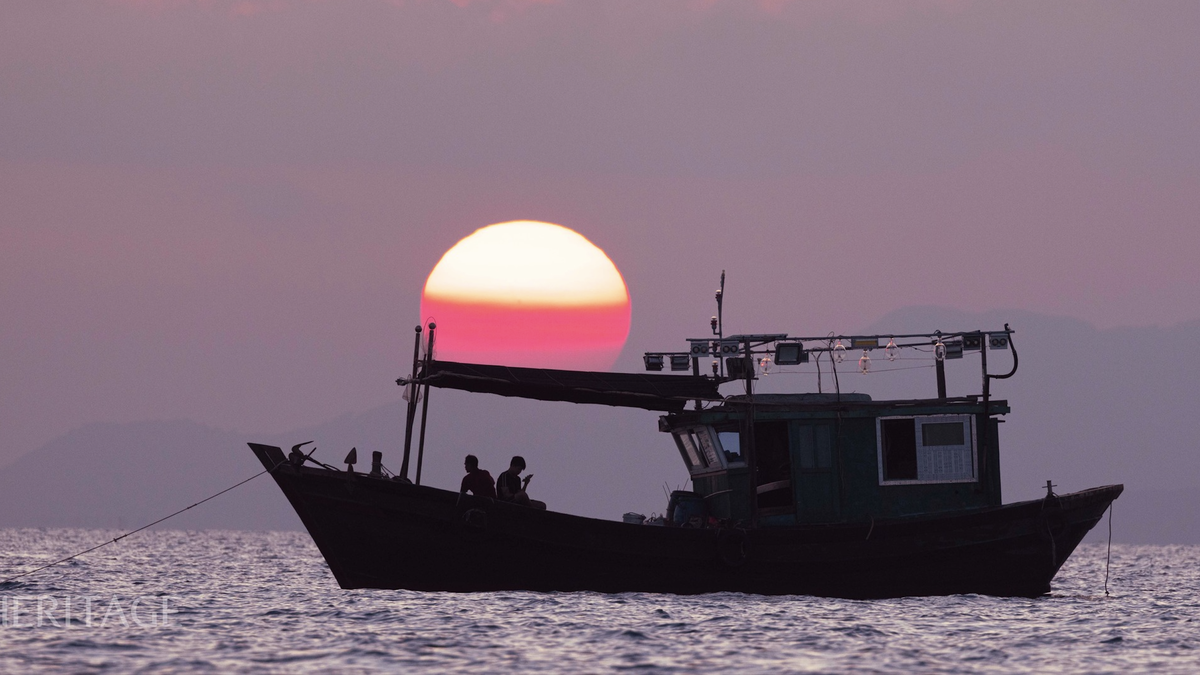
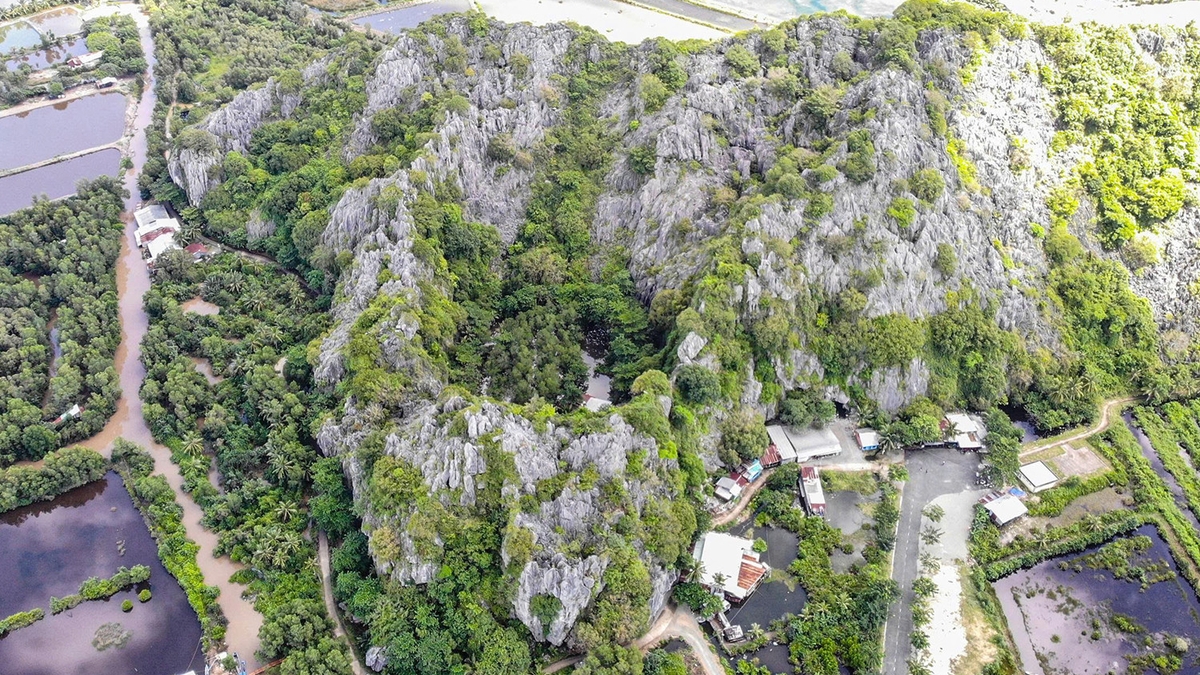




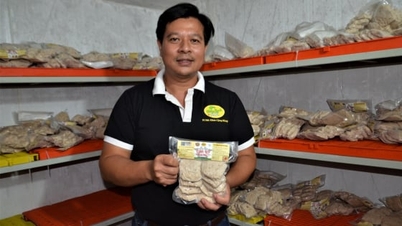
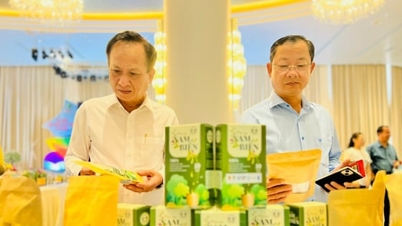



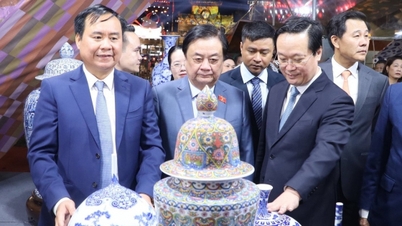
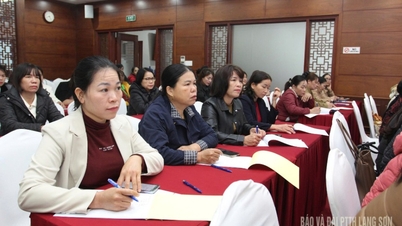

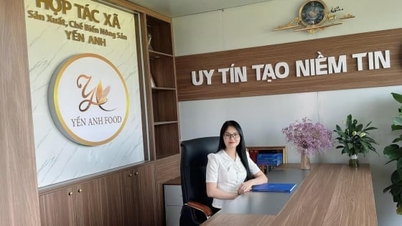


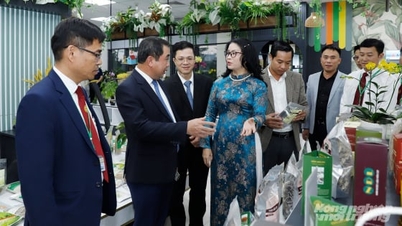




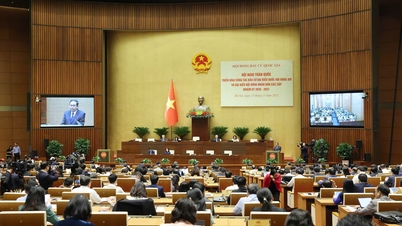












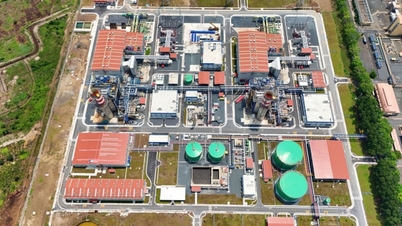














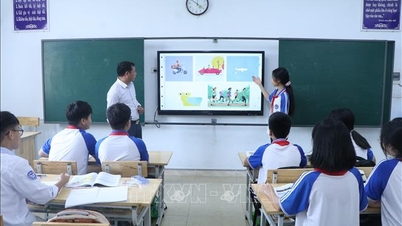




















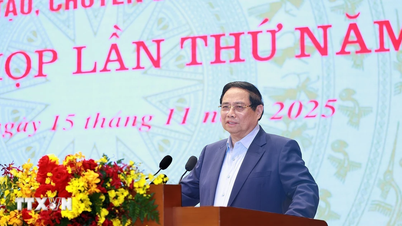


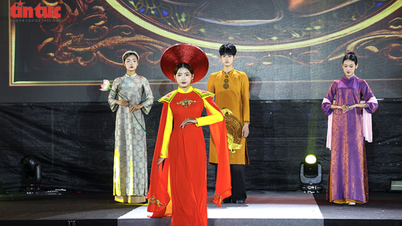
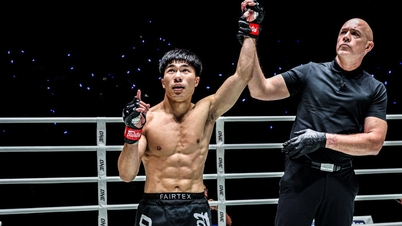


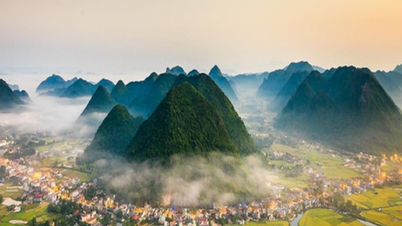

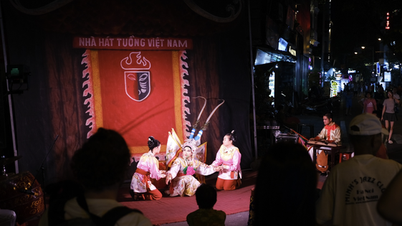
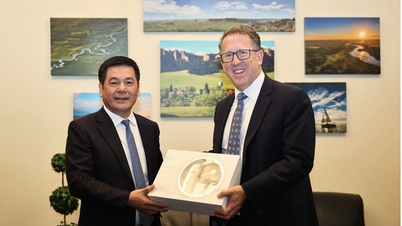

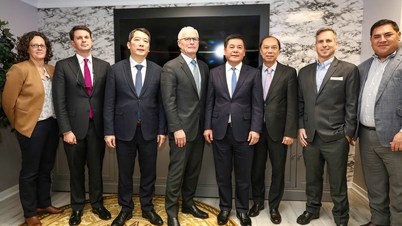


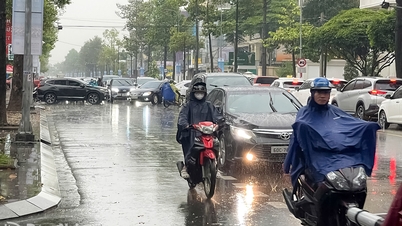

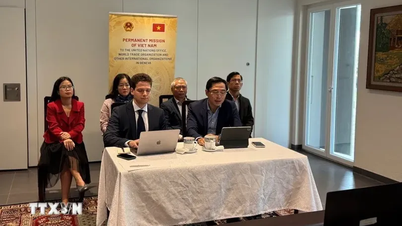

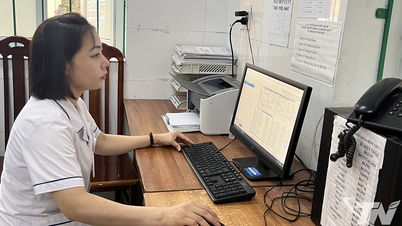

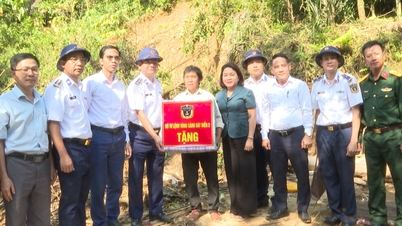












Comment (0)